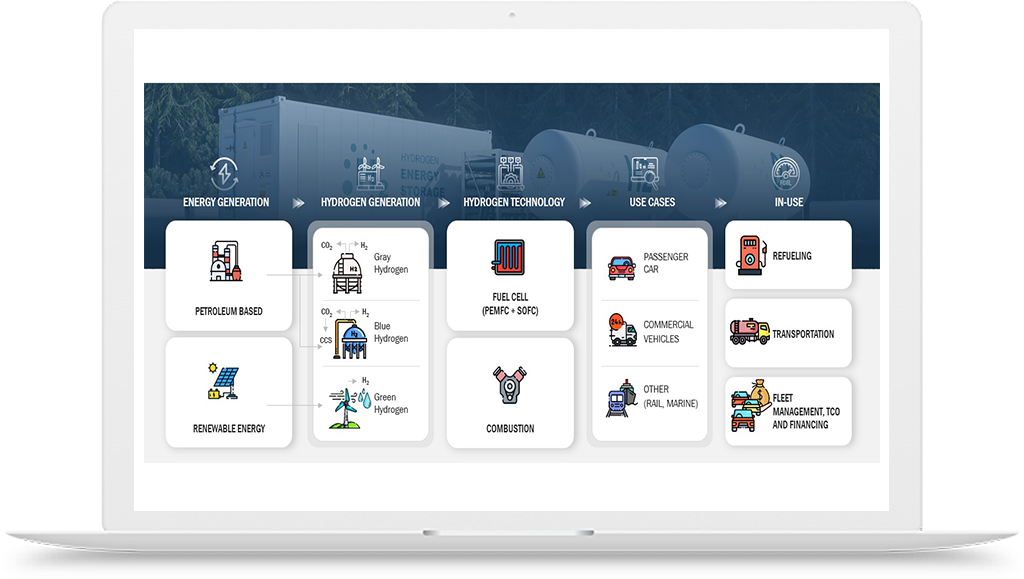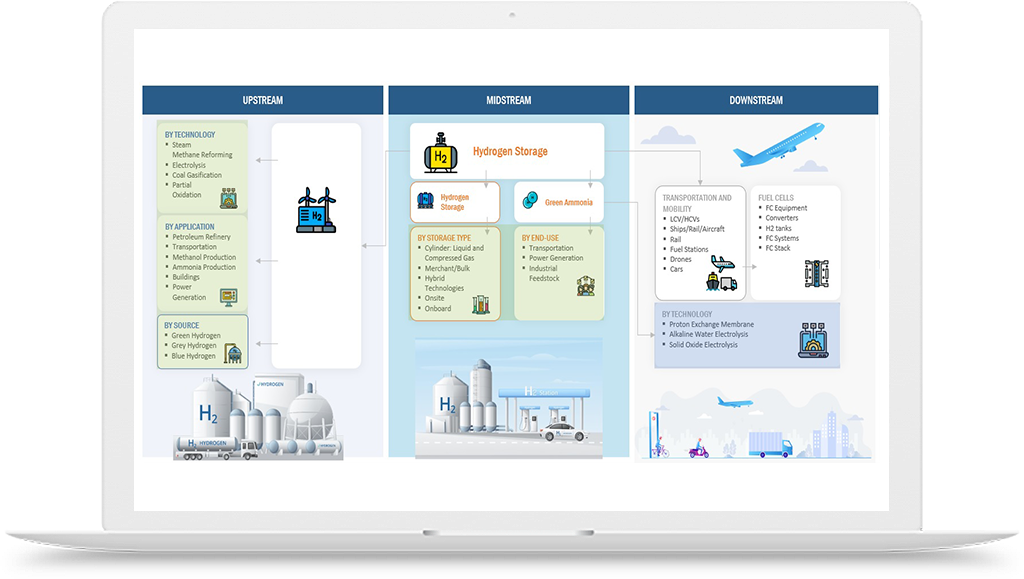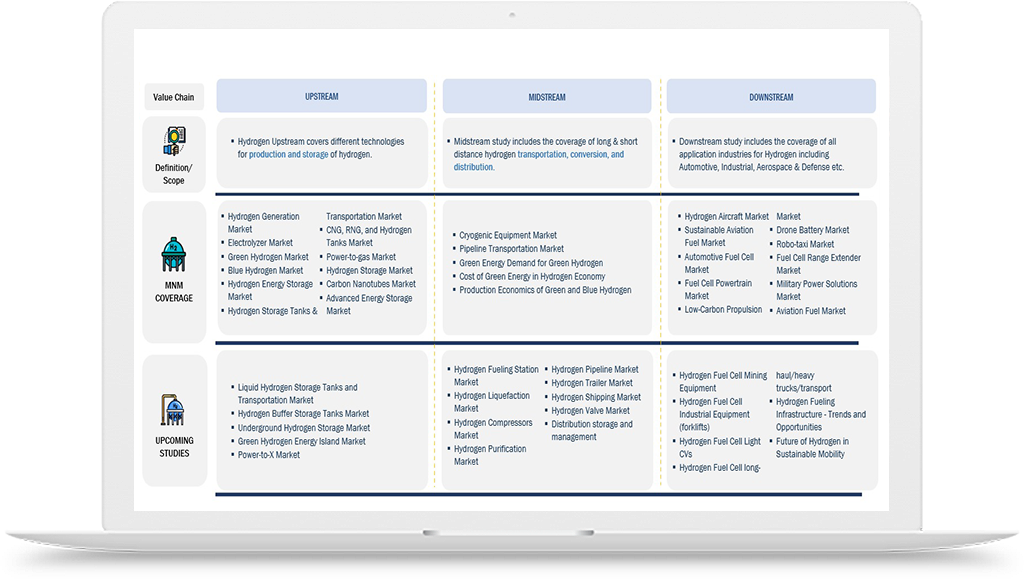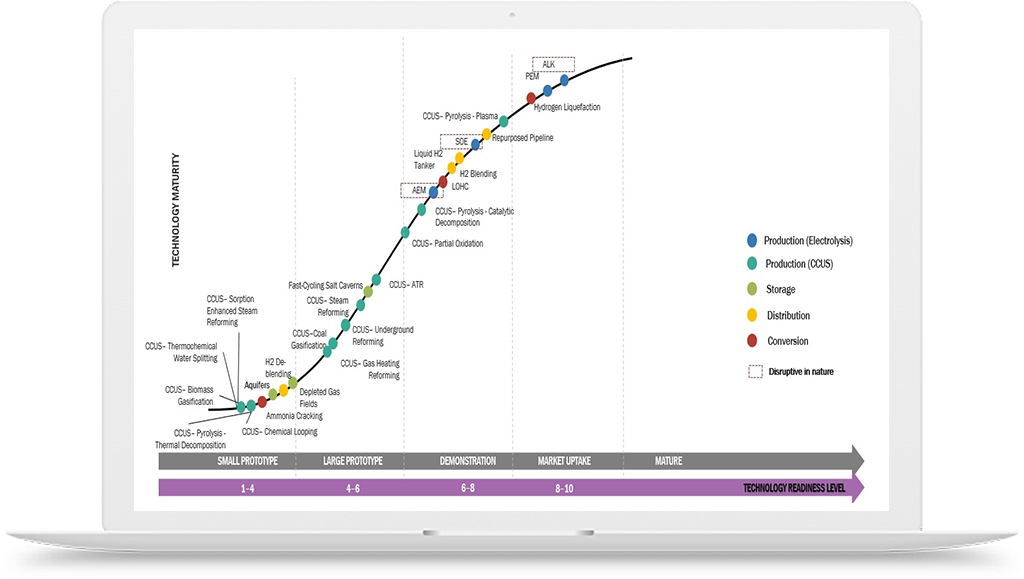What is the Future Scope of Hydrogen Vehicles?
Hydrogen Vehicles Future Scope
Future hydrogen vehicles, sometimes referred to as hydrogen fuel cell vehicles, have a number of exciting prospects.
The following salient features point to a promising future for hydrogen-powered vehicles:
Zero-Emission Transportation:
- The transition to zero-emission transportation is possible using hydroplanes. Hydrogen vehicles have the potential to significantly contribute to the decarbonization of the transportation sector as efforts are made to mitigate climate change and reduce greenhouse gas emissions.
- Vehicles powered by hydrogen have no tailpipe emissions, in contrast to those powered by traditional internal combustion engines. Since water vapor is the only consequence of hydrogen fuel cell technology, these devices are environmentally benign and help to improve air quality.
Long Driving Ranges and Quick Refueling:
- Unlike battery electric cars (BEVs), which sometimes cause range anxiety, hydrogen vehicles have lengthy driving ranges that are equivalent to those of conventional automobiles. Applications like long-distance driving, heavy-duty transportation, and public transportation benefit greatly from this.
- The time required to refuel a hydrogen car is comparable to that of a gasoline or diesel vehicle. Filling up a hydrogen tank usually just takes a few minutes, providing drivers with a familiar and simple refueling experience.
Energy Storage and Grid Balancing:
- Vehicles powered by hydrogen may be used as energy storage devices. In times when renewable energy is generated in excess, hydrogen can be created by electrolysis and kept in the car's tank. The fuel cell may then use the stored hydrogen to turn it back into electricity, giving rise to a power source that can be used to satisfy peak demand for electricity or supplied back into the grid.
- The intermittent nature of renewable energy sources can be counterbalanced by hydrogen vehicles' energy storage capacity, which also helps create a more resilient and stable energy grid.
Diversification of Energy Sources:
- The transportation industry can diversify its energy sources thanks to hydrogen-powered vehicles. Numerous feedstocks, including renewable energy sources like solar, wind, and hydroelectric power, can be used to create hydrogen. The ability to produce hydrogen with flexibility makes the energy system more robust and sustainable.
- The transportation industry may utilize hydrogen as fuel to lessen its dependency on fossil fuels, improving energy security and mitigating the environmental effects of extracting and burning conventional fuels.
Continued Technological Advancements:
- Research and development in hydrogen fuel cell technologies are continuing. The efficiency, robustness, and affordability of fuel cell systems are being worked on in order to increase the competitiveness of hydrogen vehicles in the market.
- The cost of fuel cell systems and hydrogen infrastructure is anticipated to drop as technology advances and economies of scale are reached, increasing consumer access to hydrogen vehicles.
Government Support and Policies:
- Through funding, incentives, and legislation, numerous governments worldwide are actively promoting the development and use of hydrogen-powered cars. These programs are intended to promote the installation of hydrogen infrastructure, like as refueling stations, and hasten the expansion of the hydrogen economy.
- As an illustration, nations like China, Japan, Germany, South Korea, and South Korea have put in place bold plans and financial assistance to encourage the use of hydrogen vehicles, the construction of infrastructure, and R&D endeavors.
Industry Collaboration and Investment:
- Significant investments in hydrogen car development and infrastructure are being made by major automakers, energy firms, and technology providers. These stakeholders are working together to promote innovation, advance technology, and increase the number of hydrogen-powered vehicles on the road.
- To promote the expansion of hydrogen-powered vehicles, manufacturers and developers of hydrogen infrastructure are collaborating to build a strong network of hydrogen refueling stations. One example of this is the partnership between Toyota and Air Liquide.
Growing Infrastructure Network:
- The widespread use of hydrogen-powered vehicles depends on the development of infrastructure for hydrogen refueling. More refueling stations are being built to meet the demand for vehicle recharging as the market for hydrogen vehicles grows.
- Significant progress has been made in developing a network of hydrogen refueling stations by nations like Germany and Japan, and comparable initiatives are being carried out in North America and Europe.
Technology Advancements:
- The advancement of fuel cell technology, hydrogen storage, and overall vehicle economy are the main topics of ongoing research and development. The goal of fuel cell technology advancements is to improve performance, lower costs, and increase durability in order to increase the competitiveness of hydrogen vehicles.
- To increase onboard hydrogen storage capacity and safety, advances in hydrogen storage systems, including as solid-state hydrogen storage and improved composite materials, are being investigated.
Synergies with Renewable Energy:
- The potential applications of hydrogen vehicles in the future are enhanced by the expansion of renewable energy sources like solar and wind power. Hydrogen production can be achieved through electrolysis with surplus renewable energy, establishing a mutually beneficial partnership between the two processes.
- By combining the production of hydrogen with renewable energy, green hydrogen can be used, which improves the sustainability and environmental advantages of hydrogen vehicles.
International Collaboration and Standardization:
- To provide uniform laws, guidelines, and safety requirements for hydrogen-powered vehicles and infrastructure, international cooperation and standardization initiatives are in progress. These programs support stakeholder confidence, harmonization, and interoperability, which encourages the widespread use of hydrogen cars.
With the convergence and advancement of these components, the potential applications of hydrogen cars appear bright. In the upcoming years, hydrogen vehicles are anticipated to play a major role in attaining sustainable, zero-emission transportation and lowering carbon emissions with sustained support, technological improvements, infrastructure development, and stakeholder participation.
















